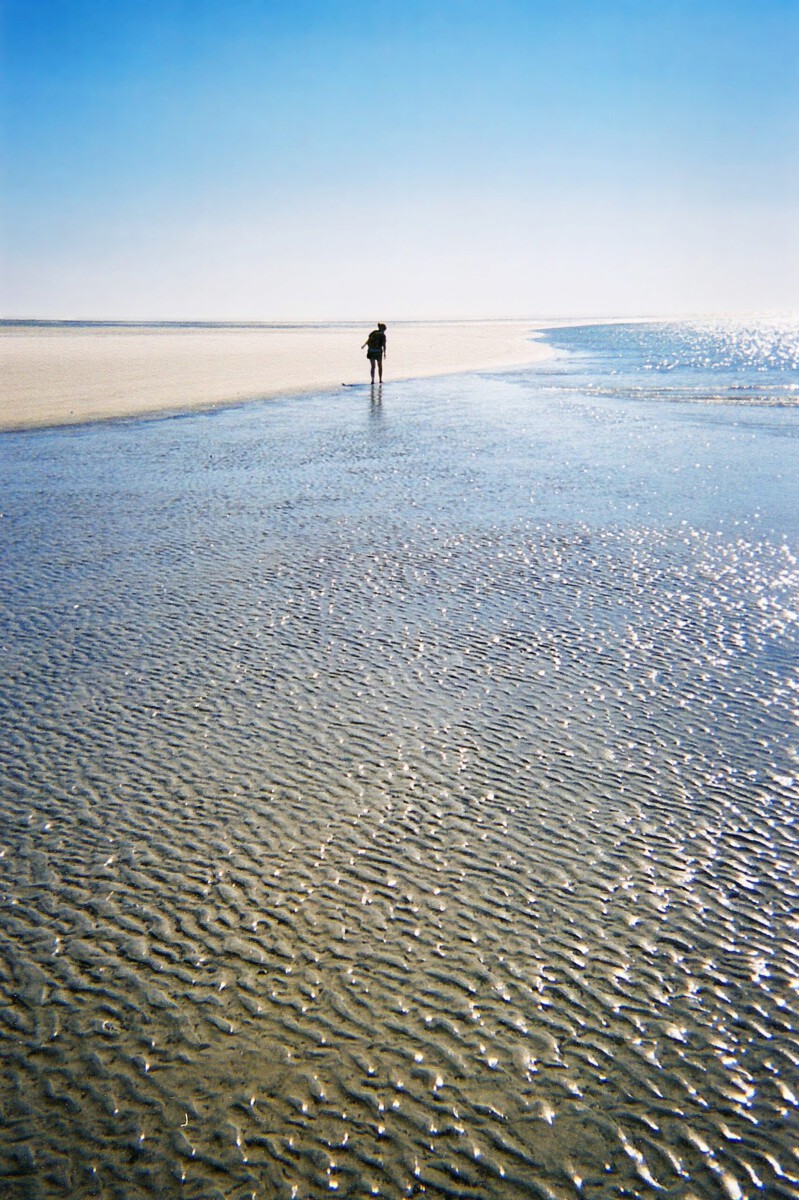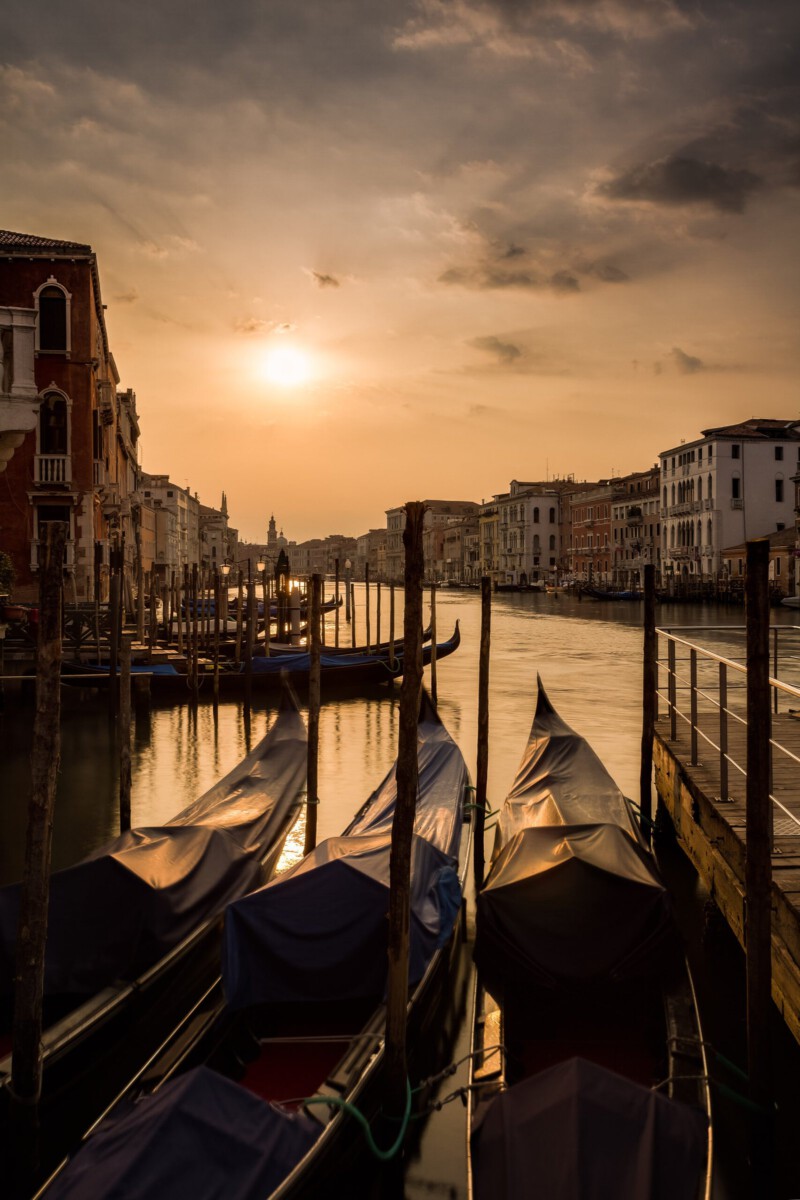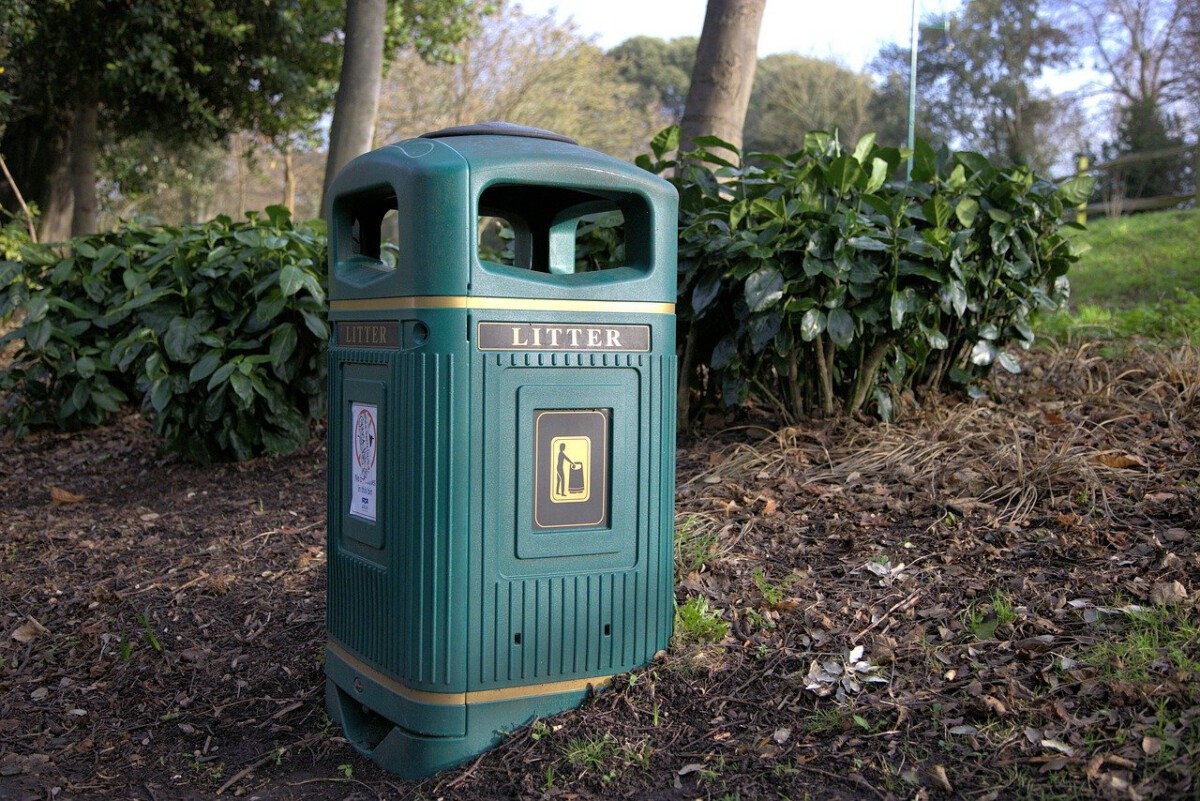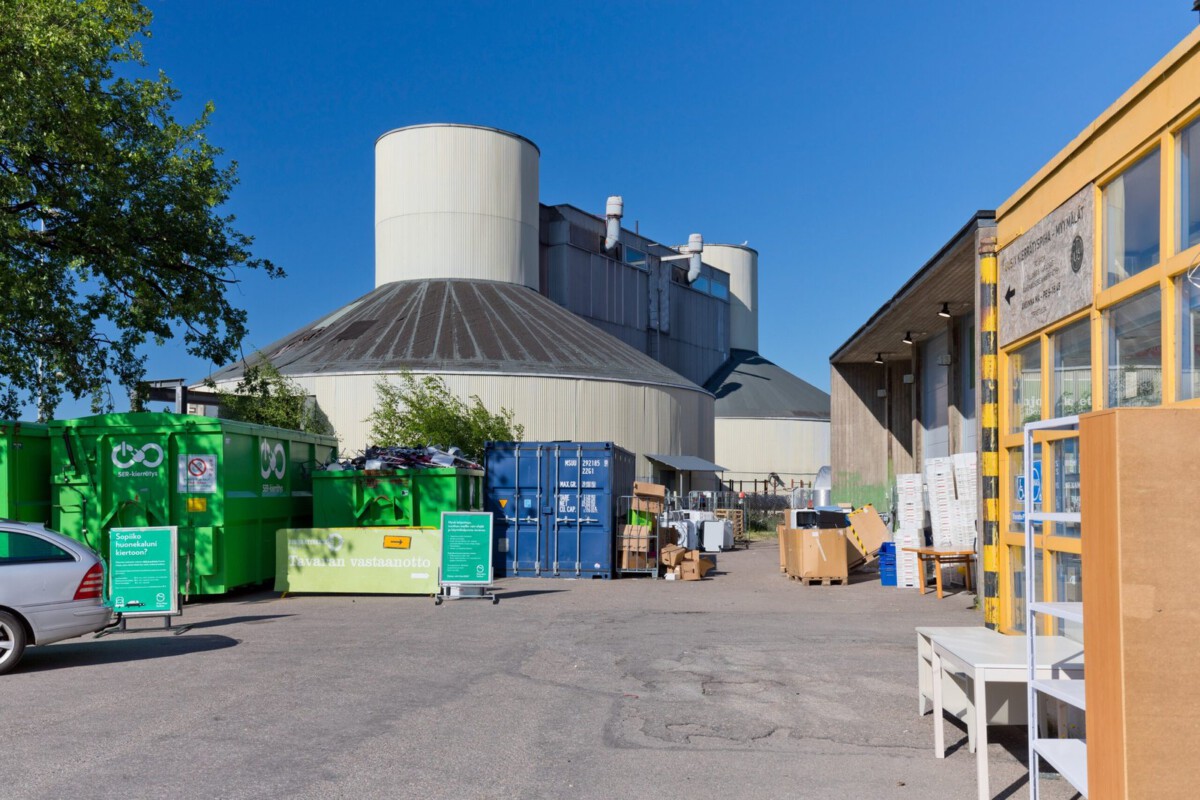A Surreal Arrival: Stepping Onto Sapelo Island

Imagine arriving by ferry and seeing a landscape that feels untouched by time. Sapelo Island, just off the coast of Georgia, immediately stuns visitors with its wild, otherworldly beauty. Giant live oaks draped in Spanish moss stretch their limbs overhead, while marshes shimmer with golden light. Unlike the crowded, commercialized beaches elsewhere, Sapelo remains mysterious and almost secretive, with only a handful of residents. People often compare the feeling to stepping onto the set of a sci-fi movie, where the rules of nature seem just a bit different. The silence is broken only by the calls of rare birds or the rustle of armadillos in the underbrush. You can stand on the sand dunes and feel as if you’re the last person on Earth.
Alien Flora: The Island’s Botanical Marvels

Sapelo Island’s plant life is shockingly unique—even compared to other barrier islands. Vast patches of ancient palmetto forests mix with longleaf pine savannas, creating a patchwork of green that looks almost prehistoric. Botanists have identified several rare or endangered species here, including the Georgia plume and the heartleaf. The salt marshes are thick with spartina grass, which filters the water and teems with life. Even the air is different, heavy with the scent of wild magnolia and blooming yaupon holly. Walking through the dunes feels like entering a living botanical garden, full of surprises at every turn. The plants have adapted to survive hurricane winds and salty air, giving them a gnarled, almost alien appearance.
Wildlife Encounters: Creatures of a Forgotten World

The animal life on Sapelo seems straight out of a nature documentary. Rare loggerhead sea turtles nest on its protected beaches each summer, while alligators bask in freshwater ponds. Birdwatchers are dazzled by sightings of roseate spoonbills, painted buntings, and the endangered wood stork. The marshes and tidal creeks host blue crabs, otters, and dolphins that glide silently through the water. In the forests, white-tailed deer, raccoons, and the occasional wild hog make for unexpected encounters. Because development is so limited, there’s a sense that these animals rule the island, not the handful of humans. Some biologists even believe that Sapelo’s isolation has allowed certain species to persist here long after they disappeared from the mainland.
Geological Oddities: Land Sculpted by Time and Tide

Sapelo’s landscape is shaped by forces as powerful as those on another planet. The island’s rolling sand dunes rise as high as 50 feet in places, sculpted by centuries of wind and waves. Beneath the sand lies a base of ancient marine sediments, some dating back over 40,000 years, according to research from the University of Georgia. Salt marshes stretch across thousands of acres, absorbing tides and acting as nurseries for countless marine creatures. The coastline is constantly shifting, creating tidal creeks and freshwater ponds that appear and vanish with the seasons. Even the air feels different—thick with salt and alive with the scent of marsh grass and mud.
Mysterious Human History: Echoes of the Past

Sapelo Island’s human story feels as mysterious as its landscape. For over 4,000 years, Native Americans lived here, leaving behind shell rings and pottery fragments that still puzzle archaeologists. In the 1800s, the island was home to plantations worked by enslaved West Africans, whose descendants, known as the Gullah-Geechee, remain on Sapelo today. They preserve a language and culture found nowhere else, with traditions rooted in both Africa and the American South. The main village, Hog Hammock, is a window into this living history, with only a few dozen residents keeping the culture alive. Old tabby ruins—buildings made of oyster shell concrete—dot the island, reminders of a way of life that’s almost vanished elsewhere.
Stunning Beaches: Isolation and Untouched Beauty

The beaches of Sapelo are nothing like the crowded stretches found on most American coasts. Nanny Goat Beach, the island’s largest, stretches for miles with powdery white sand undisturbed by hotels or boardwalks. Here, it’s not unusual to walk for hours without seeing another soul. Driftwood and shells litter the shore, and the only footprints might be those of a raccoon or a heron. The water is warm and shallow, ideal for wading or simply letting the tides wash over your feet. At sunrise and sunset, the sky explodes with color, and the sense of isolation becomes almost overwhelming. It feels, as one visitor put it, “like standing on the edge of the world.”
Unique Weather: Where Storms Shape the Land

Sapelo’s climate can best be described as dramatic. Summers are hot and humid, with thunderstorms rolling in from the sea and drenching the island in sudden, pounding rain. Winters are mild, but fog often creeps in from the marsh, shrouding the forests in mystery. Hurricanes are always a threat, with the most recent major storm, Hurricane Irma in 2017, reshaping parts of the shoreline and flooding the marshes. Despite these challenges, the island’s ecosystems have evolved to thrive in these harsh conditions. The weather here is unpredictable and wild, adding to the sense that Sapelo is a place unlike any other.
Guardians of the Island: Conservation and Research

Thanks to its rare habitats, Sapelo has become a center for scientific research and conservation. The University of Georgia Marine Institute, established in 1953, brings scientists from around the world to study the island’s ecosystems. Their research has revealed that Sapelo’s salt marshes are among the most productive in North America, supporting thousands of species. Conservationists work with local residents to protect sea turtle nests and monitor endangered birds. Because much of the island is managed by the state of Georgia, development is strictly limited, ensuring that its natural wonders remain intact for future generations. This coordinated effort means that Sapelo is not just a place of beauty, but a living laboratory for understanding the planet’s changing environments.
A Fragile Balance: Modern Threats and Resilience

Despite its protected status, Sapelo faces serious threats. Rising sea levels, driven by climate change, are eroding the beaches and flooding the marshes. The small Gullah-Geechee community struggles with issues like land loss and rising property taxes, which threaten their ability to remain on the island. Invasive species, such as feral hogs and non-native plants, disrupt the balance of local ecosystems. State and federal agencies are working together to address these challenges, but the future remains uncertain. The island’s resilience, both ecological and cultural, is constantly being tested by forces beyond its control.
Experiencing the Island: A Journey Like No Other

Visiting Sapelo Island isn’t easy—there are no bridges, and access is only by state-run ferry or private boat. This limited access means that only a few thousand visitors come each year, preserving the island’s wild character. Guided tours are available, often led by local Gullah-Geechee residents who share stories and traditions as they walk you through the forests and along the beaches. There are no luxury hotels or chain restaurants; accommodations are simple, and visitors are encouraged to tread lightly. The experience is immersive, forcing you to slow down and see the world with new eyes. It’s not just a trip—it’s an adventure that feels like stepping onto another world.
Why Sapelo Island Captivates the Imagination

Sapelo Island is more than just a destination; it’s a place that stirs the soul. Its untouched landscapes, rare wildlife, and living history create a sense of wonder that’s hard to find anywhere else. Walking through the palmetto forests or standing alone on a windswept beach, you can’t help but feel transported to a place that’s both ancient and timeless. It’s a reminder of what the world once looked like—and what it still could be. The island’s mysteries invite exploration, reflection, and a deep appreciation for the fragile beauty of our planet.
Final Reflection

Sapelo Island stands as a living testament to nature’s creativity and resilience, inviting us to reconsider our place in the world. What would you feel if you stepped onto a place that truly seemed to belong to another planet?




